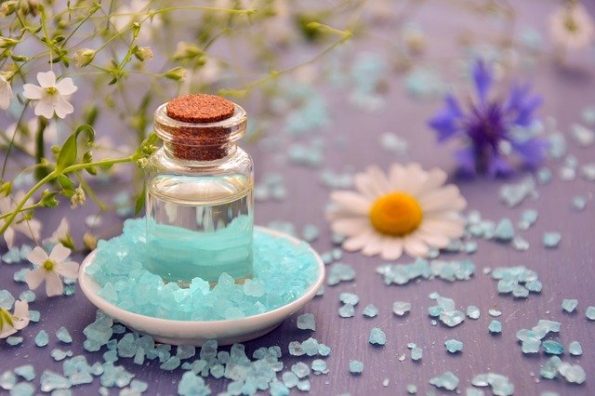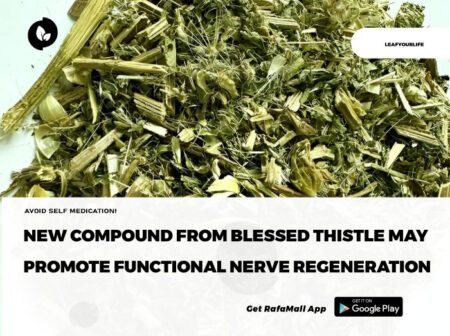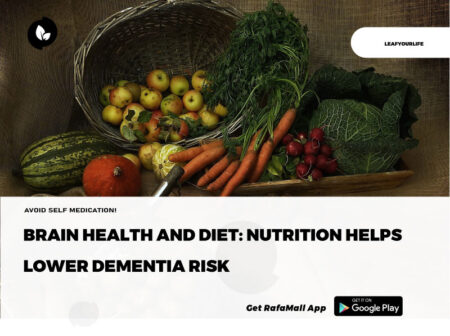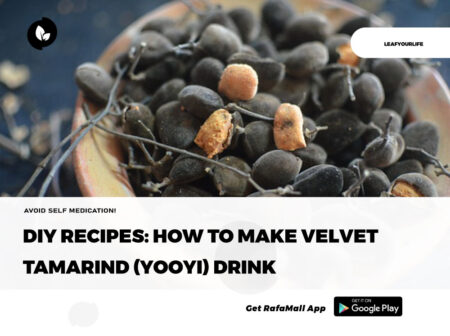By Ernest Edem

Aside from the practice of orthodox medicine, there are a number of therapeutic approaches used to treat and manage the human body when one becomes unwell. Such other practices are called complementary or alternative medicines/therapies. Among these therapies is an interesting one called Aromatherapy. From its name, one can simply guess that this is a therapy that involves the use of aroma.
Aromatherapy is the practice of using the natural oils extracted from bark, flowers, stems, roots, leaves, or other parts of a plant to enhance psychological and physical well-being.
Over a long period of time, ancient civilizations like that of the Chinese, Indian and ancient Egypt used essential oils in various forms. These essential oils were well known to be used for flavoring foods and as perfumes. The ancient Chinese were the first culture to use aromatherapy in folkloric medicine, discovering the aromatic advantages and therapeutic properties of aromatic plants.
Enough with the introduction. How are essential oils and volatile oils extracted?
The oils contained within the plant cells are liberated through heat and compression from different organs of the plant, for example, the leaves, flowers, fruit, bark, and gums. The extraction of the oils from different plant organs is achieved by different methods, such as hydro-distillation, which is the most common method of extraction. Essential oils are composed of a mixture of volatile components and consist of about 20–60 individual compounds, and some may contain more than 100 components.
Volatile oils consist of very small aromatic molecules that are easily absorbed through the skin and respiratory system. These medicinal compounds next enter the bloodstream and then spread all over the whole body where they can create their useful curing powers. As they are too concentrated, even a small amount of volatile oil is effective.
Therapeutic benefits of essential oils
Many plant essential oils are used as medicine for hundreds of years and have demonstrated several health benefits, including effects on infectious, chronic, and acute diseases. The medical preparations made with plant essential oils as well as their single constituents applied in the therapy of human infectious diseases are well documented. However, the selection of suitable safe oil and the determination of the best efficient dose should be taken into consideration to avoid any side effects when they are applied. The action of volatile oils begins by entering the human body through three possible ways including direct absorption through inhalation, ingestion, or diffusion through the skin tissue.
Absorption through the skin
Volatile oil components are lipid-soluble, so they have the ability to penetrate the membranes of the skin before being captured by the micro-circulation and drained into the systemic circulation, reaching all target organs. An example of this is the inflammatory disorders which are associated with pain, redness, and swelling, leading to loss of vital functions. Tea tree oil has been shown to increase monocytic differentiation in vitro and reduce inflammation, therefore assisting the healing of chronic wounds.
Inhalation
Volatile oils enter the body through the respiratory system. Due to their volatile ability, they can be inhaled easily through the upper respiratory tract and enter the lungs, by which they can be spread to the bloodstream. In general, the respiratory tract is considered to be the most easiest way of entry, followed by the dermal pathway [45]. Inhalation of essential oils has given rise to olfactory aromatherapy, where simple inhalation has resulted in enhanced emotional wellness, calmness, relaxation, or rejuvenation of the human body. The release of stress is welded with pleasurable scents which unlock odor memories. Essential oils are complemented to medical treatment and can never be taken as a replacement for it.
Ingestion
Oral ingestion of essential oils needs to be done carefully due to the possible toxicity of some oils. Ingested volatile oil compounds and/or their metabolites may then be absorbed and delivered to the rest of the body and then distributed to different organs. Once volatile oils enter the body, they create their therapeutic effect through physiological function. For example, Roman chamomile is extensively used to relieve pain from physical conditions, menstrual cramps, and tension with its application on the lower abdomen
Watch this space for examples of essential oils and their applications and treatment options.
NB: Dosing and mode of application should be supervised by an expert. Please make sure to consult the right person before using an essential oil of any sort.
Thank You.
REFERENCES:
Baris O, Güllüce M, Sahin F, Ozer H, Kılıc H, Ozkan H, et al. Biological activities of the volatile oil and methanol extract of Achillea biebersteini Afan. (Asteraceae). Turkish Journal of Biology. 2006;30:65-73
Margaris N, Koedam A, Vokou D. Aromatic Plants: Basic and Applied Aspects. The Hague, London, Boston: Martinus Nijhoff Publishers; 1982
Tisserand RB. In the Art of Aromatherapy. Rochester, VT: Healing Arts Press; 1997













